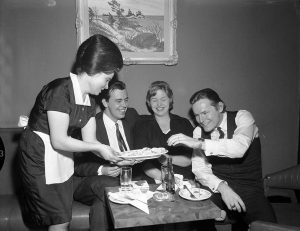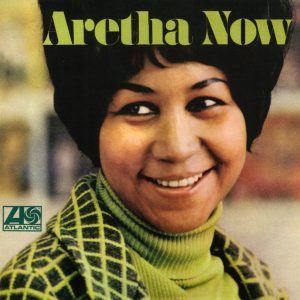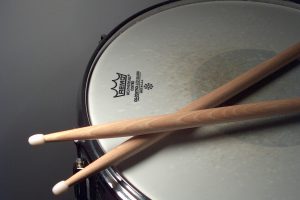The Red Hot Jazz Archive – the place to go for information about old jazz – says that Fletcher Henderson ran the most successful African-American jazz band of the 1920s and was very influential in the evolution of jazz:
The smooth sound of his orchestra gave birth to the Swing style of the next decade.
Henderson was born in Cuthbert, GA, in 1897 to a middle class family of educators. He earned a chemistry degree from Atlanta University and moved to New York City to do post-graduate work. The plan was that Henderson would work as a chemist while studying. Racism was as prevalent in the north as the south, however, and he couldn’t fine work.

This led to his start in music. He had shown musical ability as a youth. In now became his vocation. In succession, Henderson demonstrated sheet music for W.C. Handy’s publishing company, worked as a manager for the Black Swan Recording Company and started a band to back the blues singer Ethel Waters.
Henderson led a band that started at Club Alabam (not Alabama) and subsequently moved to the Roseland Ballroom, where it stayed for ten years. Coleman Hawkins, Louis Armstrong and Benny Carter, were members. That alone marks its importance.
The orchestra was successful and got exposure, however. As can be imagined, hiring Armstrong was a pivotal moment. A lot of very important things were happening, according to Biography.com:
At about the same time, the band’s musical director and alto saxophonist, Don Redman, conceived the arrangements and instrumentation that would become the standard for big bands. The rhythm section was established as piano, bass, guitar, and drums; and the trumpet, trombone, and reed sections composed the front line. Arrangements were constructed in the call-and-response manner (e.g., the brass section “calls,” the reed section “responds”), and many tunes were based upon “riffs,” identifiable musical passages repeated throughout the song. After Redman left the band in 1927, Henderson used the same approach in his own arrangements.
Unfortunately, Henderson was a poor businessman and the band’s finances “frequently were in disarray, according to Biography.com. The band disbanded, so to speak, in 1939. Henderson then became the first African-American musician to appear with a white band when he joined the Benny Goodman Orchestra. Henderson worked for Goodman from 1939 to 1943 and returned in 1947 as an arranger. He toured with Ethel Waters in 1948 and 1949. Henderson had a stroke in 1950 and retired. He passed away in 1952.
The importance of Fletcher Henderson to the swing era – and thus, jazz and American music in general – is discussed at NPR by Murray Horowitz of The American Film Institute.
Above is “Sugar Foot Stomp” and below is “Livery Stable Blues.”










Add Comment